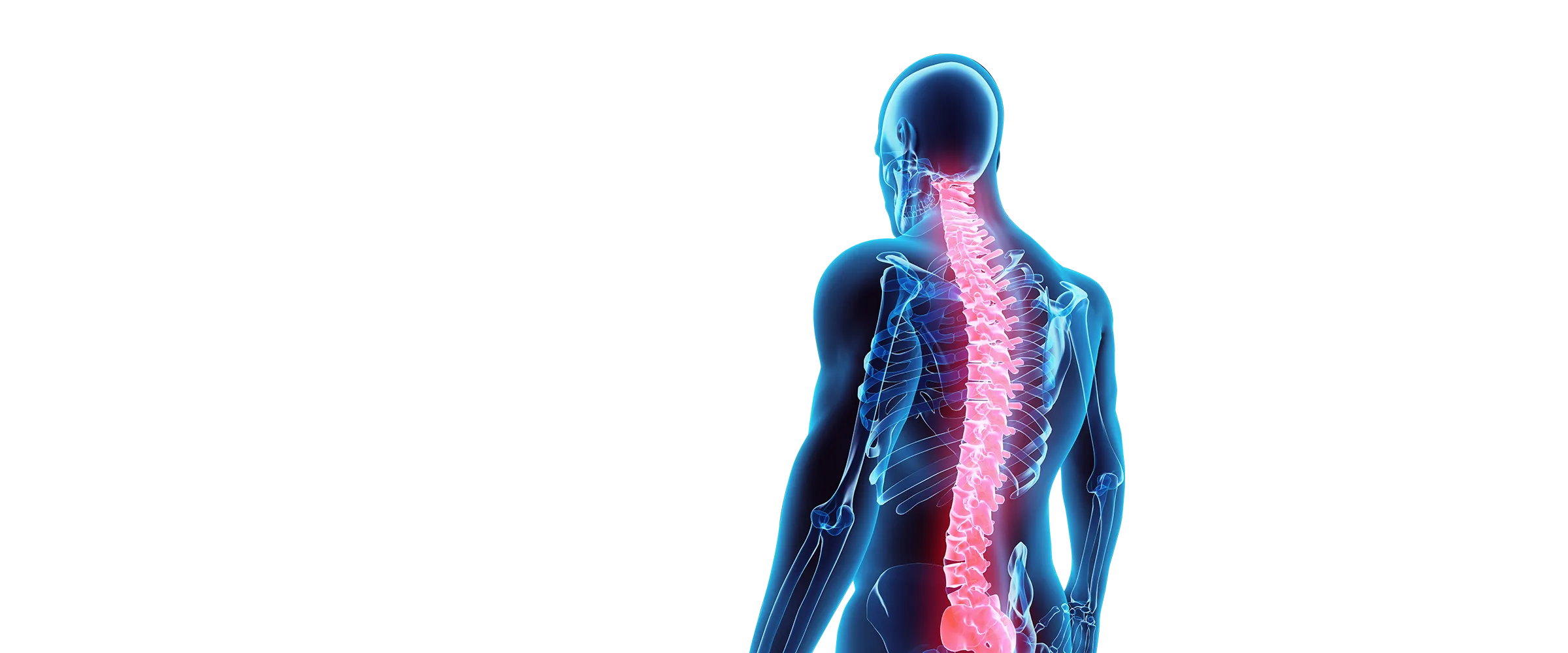ㅤ
- posted: May 18, 2016
May is Posture Month!
Here are some great tips and pointers from posturemonth.org, the PostureZone Assessment App, and bodyzone.com
Studies show poor posture is a major cause of neck and back pain for all ages, and over time contributes to digestive, respiratory, and cardiopulmonary problems.
In today’s high tech world, people of all ages are constantly looking down at smart phones, tablets, lap tops, and other gadgets. We need to counteract this negative stress with strengthening exercises.
Proper Posture can help with:
1.) Pain-Free Movement
2.) Sports Performance
3.) Youthful Appearance
4.) Improved Balance
5.) Aging Well
Did you know?
Our youth are cell phone addicts-spending 8-10 hours a day on their phones creating neck pain and loss of mobility.
- 1 out of 4 adults have suffered back pain in the past three months
- 7.6 million adults are disabled with back pain
- People who spend 12 hours a day or more seated are at greater risk for diabetes, heart disease, and life threatening falls.
- Standing up straight uses 640 muscles to balance 206 bones while not pinching 45 miles of nerves or 60,000 miles of blood vessels. (pretty important huh?)
Bad Posture not only makes you look tired, but it also makes you feel sluggish, fearful, and self-conscious. Poor posture communicates to those around you that you may be bored, nervous, or self-conscious. Slouching can make you look unhealthy and even a couple of pounds heavier.
Practicing good posture engages your core, opens up your diaphragm to help you breathe better, and gives your organs the room they need to aid in digestion. Straitening up and maintain good posture can help increased energy, productivity, and even reduce stress. Simply pulling your shoulders back, chin up and back straight communicates confidence, presence, and openness and helps you own the room.
Posture while you sleep is also very important. You’re ¼ inch taller in the morning because relaxed sleeping removes spinal disc compression. Sleep disturbances can increase sensitivity to pain. If you are a back sleeper: keep head and spine in line with a thin pillow, avoid thick pillows that force your head forward. Side sleeper? Pick a pillow that is about as thick as the distance from your neck to your shoulder. You want your spine to be as neutral as possible. A pillow between knees adds pelvic support and reduces low back injuries.
*Stomach sleeping strains the neck, makes breathing difficult, and can hyperextend the low back causing pain and fatigued muscles. Avoid sleeping on your stomach.
Now, say you have a desk job that keeps you sedentary throughout your 8-12 hour shift. The ideal desk would be one that has adjustable options where you can stand or sit throughout the day to change things up. If your company can’t get you an adjustable desk, there are things you can do personally to make your work space more ergonomic. Sitting up straight, with both feet firmly on the ground engages your core and improves blood flow, digestion, breathing capacity, and muscle tone. Adjust your chair so the hips are above the knees. If possible, change up your day by sitting on an exercise ball for an hour or two. Arrange your keyboard so wrists and forearms are aligned, and shoulders relaxed. Lift your monitor to eye level so you aren’t looking up or down all day. Use a headset if you are on the phone often. Set an alarm on your screen or phone to get up and move every hour at the least. The more often you can stretch and use your muscles, the better your overall health will be.
Do you have a physical job that requires you to lift a lot throughout the day?
- 80% of workplace injuries are to the lower back.
When lifting, even light boxes/things, you want to keep your head looking straight ahead over your shoulders. Keep your shoulders back and down. Get a good grip. Try to avoid hunching over and keep your back straight. Engage your core and carry the box close to your center. Lift with leg power, bend your knees, and plant feet shoulder width apart. Supportive shoes make big difference!
A #welladjusted spine is a happy spine. Hold your adjustments longer with proper posture, exercise, and stretching regularly.
Please let us know if you have any questions or would like to set up your posture assessment today!

